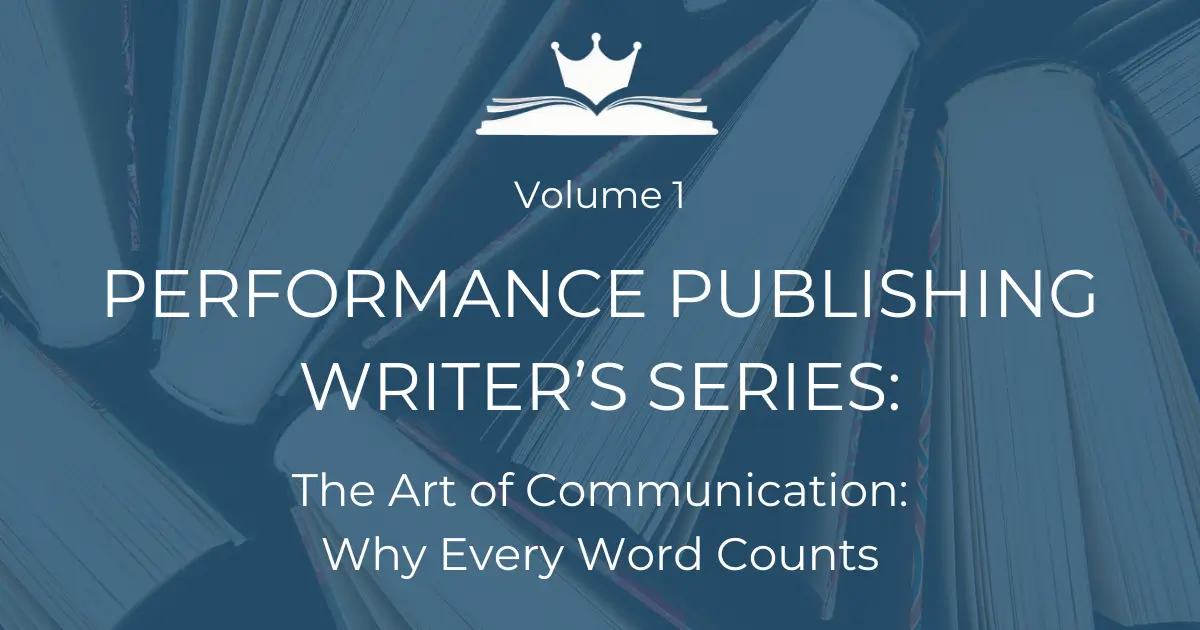
How many times a day do you read something? Think about it. And I don’t mean sitting down with a cozy blanket and a book. I mean reading the written word. Whether that is an email, a work-related document, a marketing message, a social media post, a menu, anything. Probably hundreds of times, right?
All of that writing that you are reading has one thing in common, someone had something to say that they wanted to get to you, and a bunch of other people. They wanted to communicate at scale.
Writing, at its core, is taking what you have to say and scaling it. Putting it in a form that can reach many people, not just the ones you can directly have a conversation with.
I know this sounds over simplified but breaking it down to this level brought home an important point to me. Shouldn’t we be more intentional with what we write? If we are attempting to persuade or inform someone with our written words, shouldn’t we want to know how to do it most effectively?
That can start with taking note of a writer’s style. There are many styles of writing. In fact, a person’s writing style is a little like a snowflake, no two are the same. Take similar people, who read similar things, live in the same place, have the same cultural perspective, and ask them to write about a topic. They may have similar points, but they will not write the same words.
And of course, we know that writing from different eras will vary greatly. You are probably not writing an email, or your manuscript, in the style of Shakespeare. Or even your parents. It’s obvious that both written and verbal communication styles change over time, but I would argue that this is greatly accelerating in the internet age.
Attention spans are rapidly decreasing. To communicate your message today, you must be more concise. People are used to scrolling on from anything that doesn’t immediately grab their attention and hold it. You should remember that when writing anything, including long form work, like a blog post or manuscript.
We’ll dive deeper into the ways you can best grab your reader’s attention and hold it later in this series. But for now, start to take notice of the things you read. Ask yourself what the writer is trying to communicate here and how could they have done it more effectively. Being aware of the “why” behind what you read is a good practice that leads to you becoming a more effective writer.



